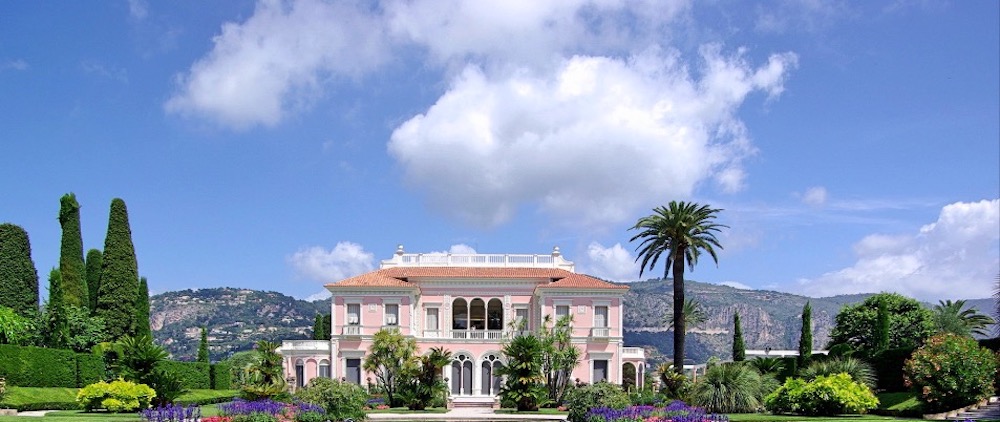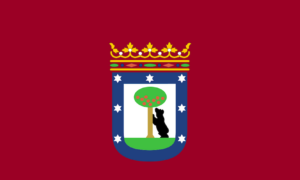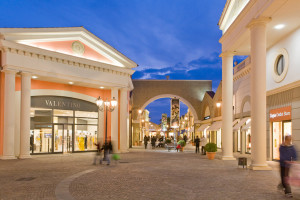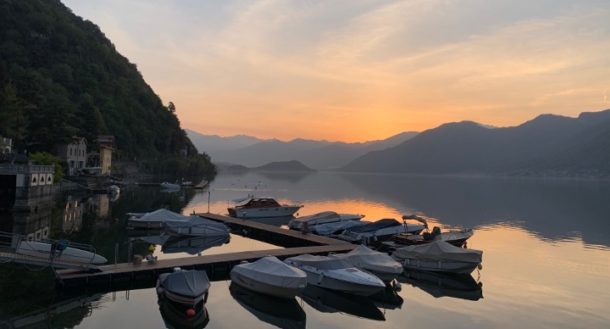It’s not easy predicting the Spanish property market – or for that matter any property market – during the best of times. It’s even more difficult predicting it in the middle of a global pandemic. It would take a very brave man or woman indeed who would try to second-guess with any great confidence what is about to happen.
The 2008 global financial crisis saw Spain’s property bubble not just popped but blown away, seemingly hit with the force of a cannon shell fired from a Warrior tank. It then took the best part of 12 years for Spain’s real estate sector to show signs of a sustained recovery.
Lockdown
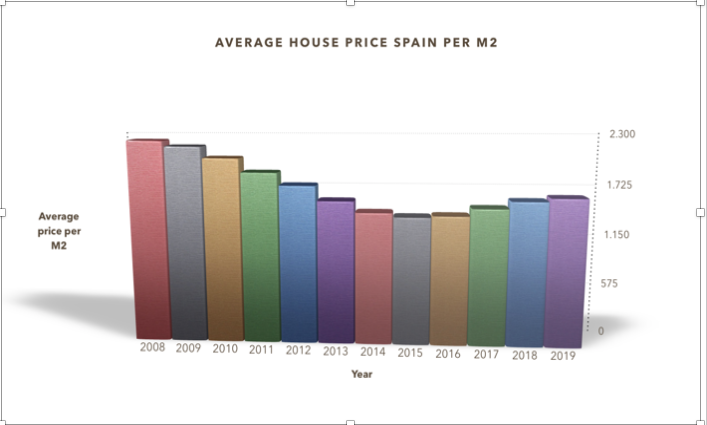
And so finding ourselves once more in the midst of a second global crisis so soon isn’t exactly something any of us would have envisaged. And yet here we are, September 2020 and nearly six months on from the initial lockdown – not just any lockdown but one of the strictest imposed by any government anywhere in the world – our thoughts turn to the possible impact of COVID-19 on the Spanish property market.
The tough travel measures arising out of lockdown meant that buyers and sellers were stopped dead in their tracks to the extent that in the first six weeks, a mere one percent of pending transactions were completed.
According to a report from the influential CompraCasa real estate network, sellers were having to settle for, on average, nine-percent less than the original asking price. Of course, this doesn’t necessarily mean that property prices were nine-percent lower but it is perhaps indicative of the fact that sellers were having to lower their expectations.
Dispatches Europe spoke to Sean Woolley of Cloud 9 Properties in Marbella, a property expert with more than two decades of experience and author of “From The Ground Up.”
Sean explained that during the first 10 weeks of lockdown, his company received only a single listing when they typically receive between 50 and 70 during the same period.
Whilst many property agents have struggled, and inevitably some have closed their doors for the very last time, Sean remains bullish and optimistic about the future. He views the three-month lockdown as a mere “pause” in operations, largely, he says, because both the buyers and sellers are still out there and eager to do business. That’s unlike in 2008, when, following the crash, an over-supply of properties coming onto the market coincided with banks and other financial institutions curtailing lending.
It appears that many other experts agree with this analysis. Rightmove, one of Europe’s leading property portals, announced an all-time record number of weekly sales enquiries in May 2020. Adding further credence is research by international real estate agent Engle & Völkers suggesting prices are holding firm, pointing out there remains significant investor interest, particularly from international buyers in the premium holiday areas of the Costa Del Sol, Costa Blanca, and the Balearics.
A perfect illustration was provided by Sean Woolley. His company’s average sale price pre-lockdown was 600,000 euros; post-lock down, it stands nearer to the 1 million euro mark.
And so whilst the Costas, Del Sol and Blanca remain cosseted away in their bubble propped up by investors and international buyers, it begs the question, “What about the rest of Spain?”
Two outlooks on the future
Here’s where things start to get tricky. During my conversation with Sean, he made a valid point, inferring that his clients were now split into two camps. On the one hand are those who are financially secure and look upon the pandemic with a “life’s too short” attitude. They are the ones pushing ahead and wanting deals done now.
On the other hand are those who essentially have to get up on Monday to work. They are now more inclined to take a back seat and see how things develop. And therein lies the problem … most of the rest of Spain is in the second category, and whilst the pandemic continues to drive GDP and employment downwards, where they are likely to stay.
The major cities that are traditionally the first to bear the brunt of any downturn have, according to reports, seen prices drop up to 10 percent. Madrid has seen the most pronounced falls followed by Barcelona, according to Engle & Völkers. Conversely, in Valencia city centre prices remain static, possibly because Valencia was the least affected of the three so far in terms of the pandemic.
Center cities less popular?
Interestingly, there may be another reason why cities are feeling the pinch. What was a desirable city centre property pre-lockdown may no longer be as desirable. For evidence I turned to my adopted home town of Manchester in the United Kingdom, where interest in properties since the end of lockdown has been high. However, there has been a shift away from city centre apartments to the outlying areas. There, properties have been selling for above the asking price, many within 48 hours of being listed, with Manchester based agents Keavney Estates describing the rush as “chaotic.”
The reason is simple: COVID. City centre properties do not have outside space and are seen as less desirable when compared to garden properties. There are indications the same may now be happening in Spain, where buyers are increasingly drawn to properties that have more internal and external space including terraces. Towns such as Stiges just south of Barcelona are bracing for increased interest in rental properties and an influx of families from the city.
Estate agents, including Engle & Völkers, believe this may be a trend.
And so whilst we cannot say what the future holds with any great certainly, at least not until we see an end to the pandemic, it’s clear that all is not doom and gloom, and the general consensus is that 2020 is not comparable to 2008. Whilst some areas are set to see reductions in prices, others may gain, particularly away from the densely populated areas.
(Author’s note: Sean Woolley can be contacted via his website, Cloud Nine Spain. His book, From The Ground Up, takes a look at expat life in Spain and gives some valuable tips on the do’s and don’ts of property buying on the Costa Del Sol. It’s available from Amazon in paperback and
download.)
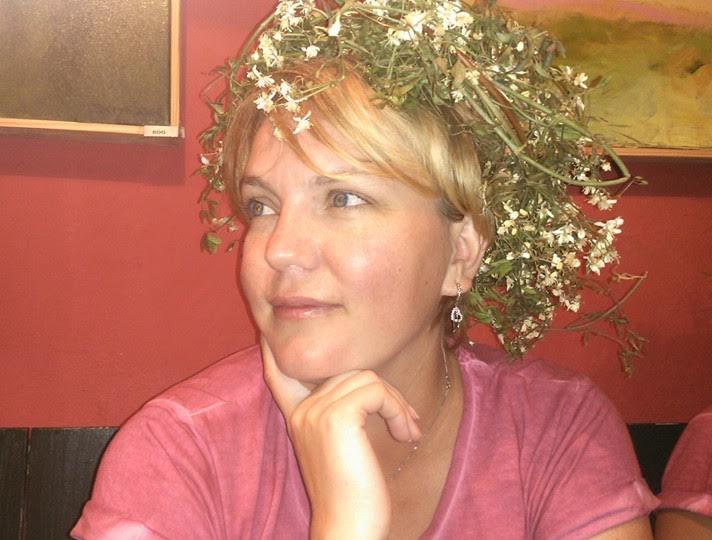
About the author:
Irina Greensitt is from the far eastern town of Khabarovsk in Russia, but lived in the United Kingdom for seven years before moving to Spain in 2014 with her husband and two young children.
Irina now runs an internet business and lists walking, travel and sailing (passing her skippers exam in 2016) amongst her hobbies. If you are in Granada and need direction, feel free to drop her a line. See her Facebook consulting page here.
See all of Irina’s posts here.
See more from Dispatches’ Spain archive here.


